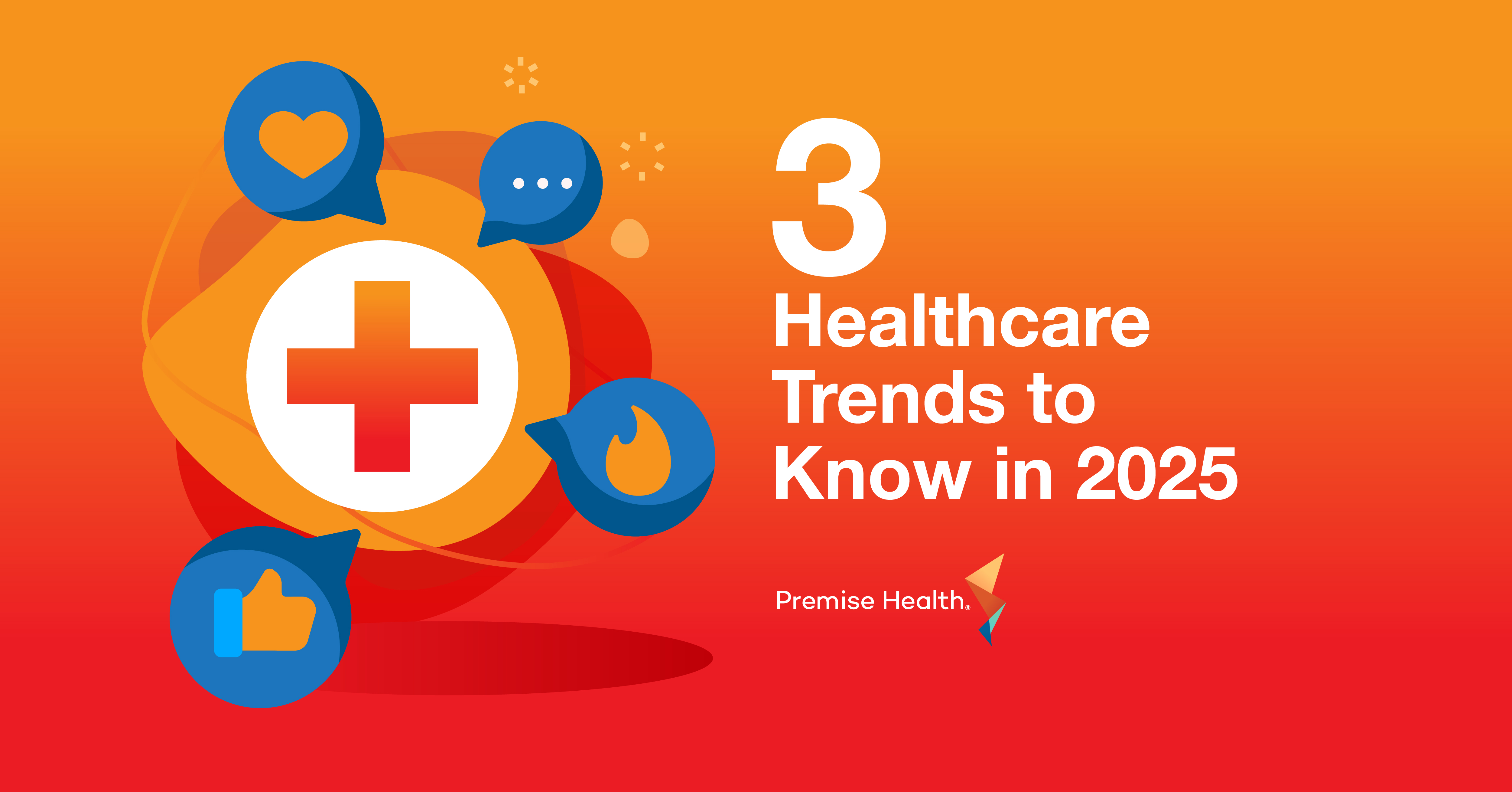Healthcare Costs Are Employers’ Top Concern — Here’s How They’re Tackling Them
Results from Business Group on Health’s 2026 Employer Health Care Strategy Survey
If there’s one thing on employers’ minds, it’s healthcare costs. Can we blame them? In 2023 and 2024, employers faced the steepest consecutive cost increases in a decade, exceeding projections and leaving organizations at a significant cost disadvantage entering 2025, according to Business Group on Health’s 2026 survey.
Costs show no signs of slowing. Without any changes to plan designs, the median projected cost increase for 2026 is trending at 9 percent, notes Business Group on Health. Is it any wonder, then, that employers report their top priority for 2026 is controlling healthcare costs, followed by making healthcare more affordable for both their organization and their employees?
What’s Driving the Surge?
One word: pharmacy. According to the survey, pharmacy accounted for 24 percent of employer healthcare spend in 2024. 79 percent of employers are witnessing an increase in obesity medications, such as GLP-1 drugs. Organizations also cite higher rates of cancer and growing use of mental health services as contributing to growing costs. Together with other market forces, these trends are fueling both higher healthcare prices and greater utilization across the system.
Beyond implementing prior authorizations and offering reduced pharmaceutical rebates, more organizations are turning to alternative solutions to control spend and make overall healthcare coverage costs more affordable for both employer and employee. Let’s explore five strategies gaining traction in 2026 and beyond.
1. Value-Based Care
Lowering costs begins and ends with embracing a value-based healthcare model. By 2026, 88 percent of employers will adopt at least one value-based strategy, according to the survey. Whether through bundled payments or other arrangements, employers are prioritizing value – raising the standard of care their employees receive, and the care they pay for.
With value comes accountability. Employers are challenging providers and vendors to deliver measurable outcomes and innovative approaches that improve health while enhancing the employee experience. Vendors be warned: 50 percent of employers are actively reassessing their partners, signaling a new era of accountability. Pharmacy benefit managers (PBMs) are also under the microscope.
2. Centers of Excellence
The focus on value is fueling interest in solutions like Centers of Excellence (CoEs). The survey shows nearly nine out of 10 employers are pursuing new care delivery models, with CoEs topping the list. In a value-based model, CoEs reward providers for outcomes and efficiency – not just volume. Directing members to these centers ensures they receive specialized, high-quality care that leads to faster recoveries, higher satisfaction, and more bang for the healthcare buck. Looking ahead, musculoskeletal, cancer, and cardiovascular CoEs are expected to see the highest growth in 2027–2028.
3. Care Navigation
Care navigation ensures employees receive the right care, at the right time, in the right setting. This reduces waste and duplication of care. Some studies suggest community care navigation likely results in a reduction in unplanned hospital admission rates within 12 months, compared to usual care. By guiding members to high-quality, cost-effective care pathways and reducing expensive hospitalizations, navigation improves the employee experience while lowering overall costs – a win-win for both employers and their workforce.
4. Alternative Health Plans
Alternative health plans are another strategy employers are embracing. These plans steer employees to providers who deliver better outcomes at lower costs, often offering lower copays, tiered networks, and bundled payments. Forget the labyrinth of unnecessary specialists and costly referrals – in 2026, it’s all about efficiency.
Adoption of alternative plans is growing: employers offering non-traditional plans are expected to rise from 17 to 24 percent in 2026, with another 36 percent considering adoption for 2027–2028, according to the survey. By embedding value-based principles into network designs, these plans prioritize advanced primary care and guided navigation, delivering greater value while making high-quality, affordable care easier for employees to access.
5. Advanced Primary Care
Finally, the ultimate answer to lower costs may lie in advanced primary care, which ranked third in employer adoption of delivery models. By 2026, a majority of employers — 61 percent, to be exact — plan to implement at least one advanced primary care strategy. This team-based, proactive approach emphasizes the member-provider relationship, coordinates acute and chronic care, and aims for better outcomes, lower costs, and improved clinician and patient experiences.
With growing recognition of its benefits, advanced primary care is expected to gain even more traction in 2027–2028, positioning it as a central component of employers’ strategies to deliver higher-quality, value-driven care to their workforce.
Bottom line: Employers are facing rising healthcare costs, but by embracing strategies like value-based care, Centers of Excellence, care navigation, alternative health plans, and advanced primary care, they can get a handle on out-of-control costs. In 2026 and beyond, the companies that focus on value, accountability, and innovation will be best positioned to thrive.
Want to learn how your organization can reduce healthcare costs while improving employee health and satisfaction? Contact Premise today.
Next on industry insights.

How to Futureproof Your Healthcare Benefits
Read the Blog
Why Partnering with an AAAHC Accredited Organization is a Win for Your Workforce
Read the Blog